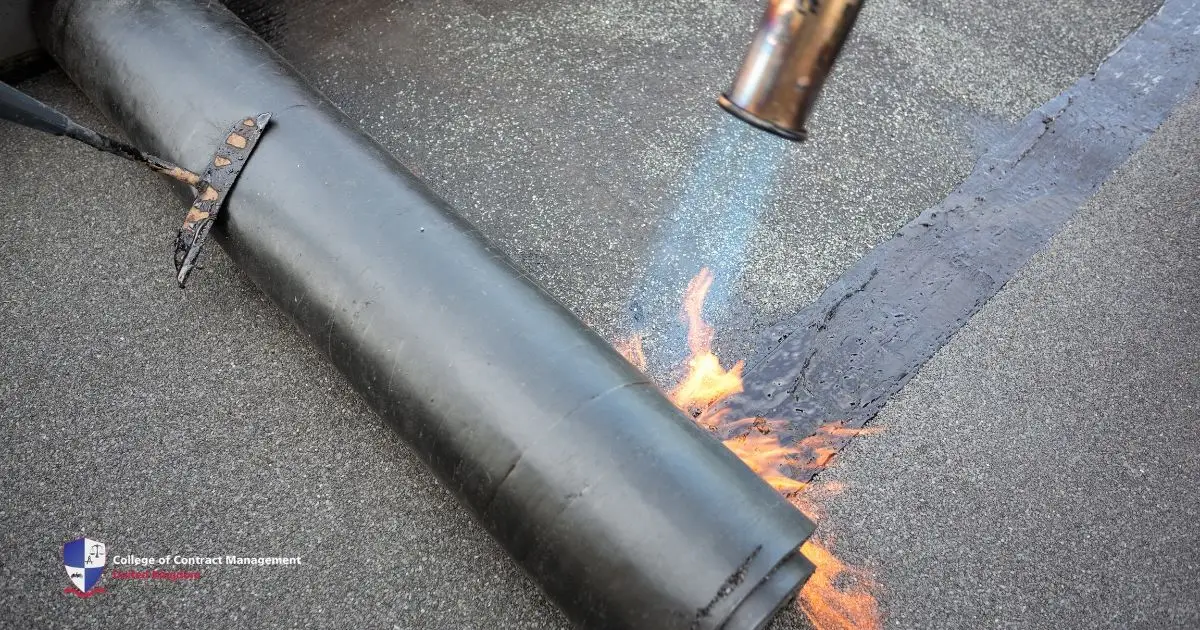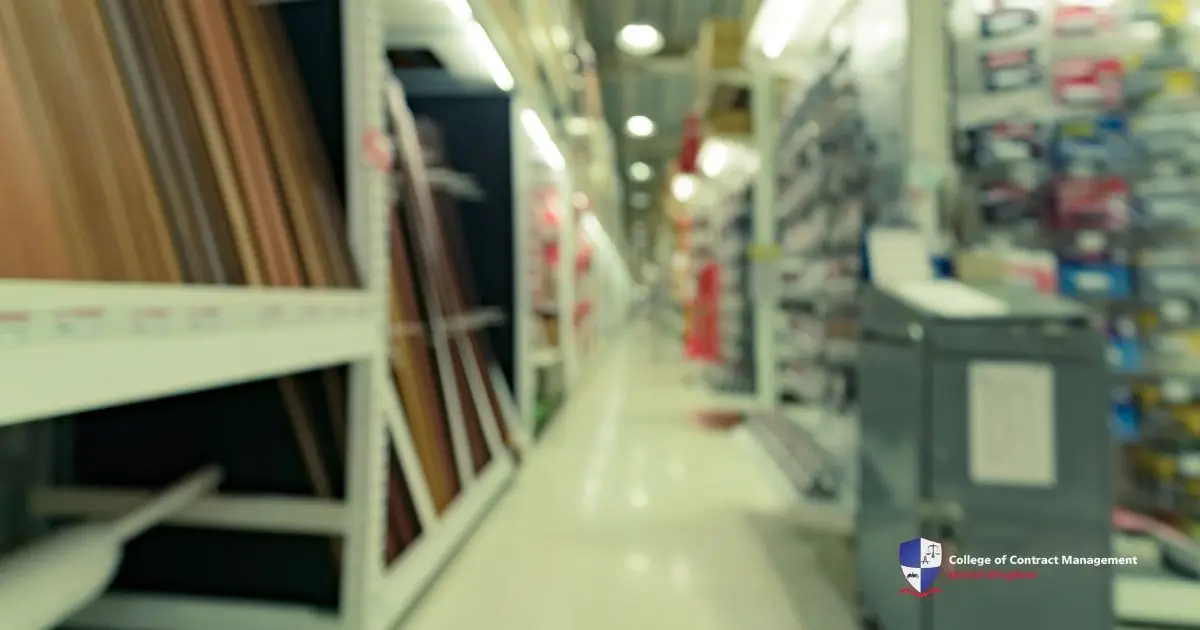When you’re patching up a roof or building from scratch, you can't ignore the basics. Roofing felt matters more than most people realise. It’s not just a layer; it’s the thing standing between your cosy home and a total soggy disaster. So, when done right, it keeps everything sturdy, dry, and standing through every storm.
Truth be told, it doesn't have to cost a fortune. You don't need fancy gear or a big crew. Instead, a good roll of roofing, some elbow grease, and a bit of know-how can get you sorted. Additionally, today’s options make protection easier than ever, whether you're working alone or bringing in a mate.
What is roofing felt?
Roofing felt is a type of protective layer that sits between your deck and your final covering. It acts as a waterproof barrier, keeping the rain out even if your main materials fail. It is usually made from bitumen felt or synthetic underlayment, both of which are brilliant for creating durable roof waterproofing.
Without roofing felt, your home’s timber frame would be far more vulnerable to leaks, mould, and even structural damage. It forms a simple but critical part of any serious roofing system. Whether you're tackling a shed or an entire home, choosing the right one means setting yourself up for fewer problems down the line.
Key materials you’ll find:
- Bitumen felt: Classic choice, rugged and water-resistant.
- Synthetic felt: Lighter, tear-resistant, and breathable.
- Self-adhesive felt: Great for DIYers, sticks easily without heat.
- Torch-on felt: Needs professional installation but lasts forever.
Choosing the right type of material matters more than you think. It affects how well your roof handles storms, sunshine, and the passing of time.
The science behind it
Roofing felt works using a combination of material density and waterproof coatings. Bitumen creates a tight seal that shrugs off water. Synthetic options, meanwhile, use clever layering to resist both water and tearing. Whatever you pick, remember this: it feels like it's the best defence against Britain’s famously temperamental weather.
Choosing the right roofing felt for your build
Let’s be real – not all roofing felt is the same. If you’re after strength, heavy-duty bitumen felt might be your best mate. It’s traditional, tough, and brilliant at handling rain. On the other hand, newer synthetic materials are lighter and even stronger in some cases, making installation faster and requiring much less effort.
That said, it’s not just about what’s strong or light. The shape and slope of it change the game completely, so let’s take a look at how that affects your choice.
Flat roofs vs pitched roofs
Before you grab just any roll, though, think about your project. Flat roofs often need more water-tight roofing, while pitched roofs might get away with lighter stuff. Always match it to your roof type, weather exposure, and whether you’re DIY-ing or calling in the pros.
Weight, breathability, and durability
Another thing to think about is weight. Heavier roofing felt lasts longer but is harder to install. Breathable, it is brilliant for preventing moisture build-up inside your roof. Meanwhile, lightweight synthetic ones are perfect for solo workers or small crews needing to get the job done quickly but properly.
Lastly, never cheap out where it matters. Sure, it might feel like a boring spend when you’re itching to put up pretty tiles. But skipping decent materials means risking leaks, rot, and major repairs later on. Better to spend smart than spend double.
How roofing felt changes the game
Roofing felt isn’t just a layer; it’s the quiet bodyguard your roof desperately needs. When properly installed, it shields timber frames, insulation, and inner layers from the worst weather Britain throws around. It also makes your main covering work harder and last longer without needing constant repairs.
Big benefits you shouldn’t ignore:
- Weatherproofing: Stops rain, snow, and sneaky leaks in their tracks.
- Longevity boost: Extends the life of shingles, tiles, and metal roofs.
- Thermal control: Helps manage heat flow, saving you money.
- Easy installation: Most materials can be installed by confident DIYers.
- Fire resistance: Some types slow down fire spread, offering extra protection.
Moreover, it buys you precious time during the construction process. If you’re delayed getting tiles or metal sheets fitted, it acts as your safety net. It’s a simple, affordable investment that saves thousands in the long run.
Where roofing felt excels most
Roofing felt truly shines on outbuildings, sheds, garages, and porches where full-scale tiling isn’t practical. It’s flexible enough for awkward shapes yet tough enough to survive stormy nights. Even better, synthetic material can withstand heavy UV exposure if the final material takes months to install.
Common mistakes when using roofing felt
Installing roofing felt sounds easy, but there are traps to avoid. Wrinkles, rips, and missed fastenings can all turn your safety layer into a soggy liability. It’s crucial to roll out materials carefully, fix them properly at every recommended point, and never, ever leave gaps near joints or edges.
Still, even if you roll it out right, the way you layer and seal it can make or break the whole thing. It’s not just about slapping one bit over another—how you join them together matters more than you think.
1. Overlapping and sealing matters
Always overlap roofing felt layers by at least four inches. Whenever possible, use a specific kind of tape or adhesive strips along overlaps to guarantee a full seal. It might feel tedious, but these small steps massively improve waterproofing and prevent hidden leaks that only show up months later.
2. Pick the right day
Installing roofing felt during a rainstorm is asking for trouble. Moisture gets trapped, bubbling the material and weakening the bond. Always install it during a dry, mild day if you can. That way, it adheres well, stays smooth, and provides unbeatable protection from the very first day.
Each time you adjust the installation just a little smarter, you end up with a longer-lasting, stronger roof that can handle the wear and tear. So remember to keep in mind these factors to avoid putting yourself under a lot less stress. This way, you'll save money on repairs in the long run.
3. Build smarter, build stronger
Roofing felt isn’t just a technical step. It’s a promise to yourself that the work you do now will still be standing proud years down the line. Whether you’re fixing a garden shed or raising the roof on a dream home, proper ones turn every project into a real legacy.
In construction, the boring steps often turn out to be the most important. It might not be an attention-grabbing matter in headlines, but it protects every future hour, pound, and effort you’ll spend on your home. For this reason, respect the small details now, and you'll build something that not only stands but lasts.
Final thoughts
At the end of the day, roofing felt isn’t glamorous, but it’s absolutely vital. Strong, reliable materials keep your home dry, strong, and standing tall through the worst storms. Choosing good roofing and fitting it right today means a future with fewer repairs, less stress, and more cash left in your pocket.
If you're serious about making construction your career path, you should definitely check out the College of Contract Management. They offer accredited online courses like Construction Management, Quantity Surveying, and Project Management, which are flexible around real life. Learning with them can turn your on-site know-how into formal skills, opening bigger, better doors for your future.





